São Paulo À LA CARTE The 2015 Rotary convention will dish up something for everyone.
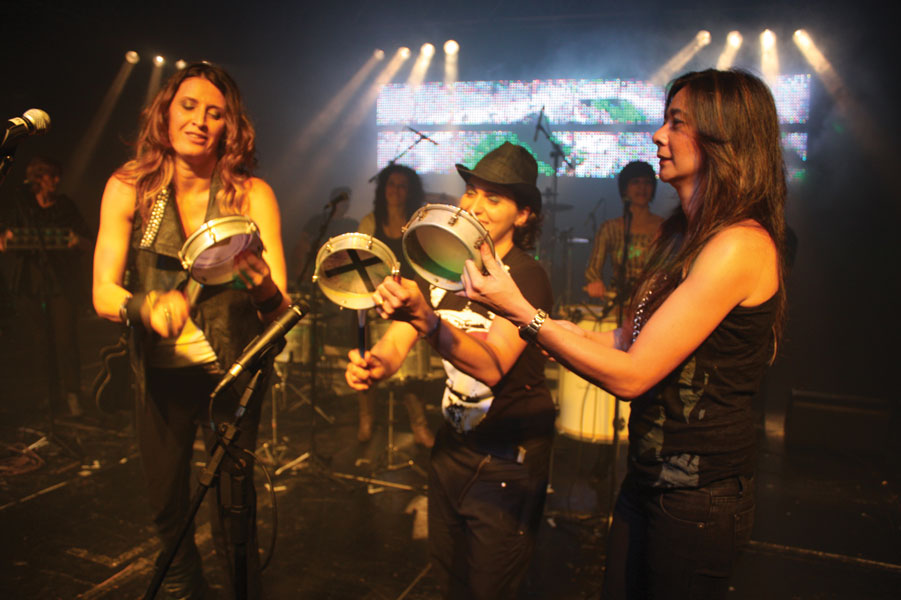
Which is the better city, Rio de Janeiro or São Paulo? That is the great debate that dominates Brazilian life, and probably always will. Rio is the global poster child for beachfront hedonism, with its mountains and jungles and beautiful people in skimpy clothing. This is something paulistanos grudgingly admit. They then invariably ask, “Where in the Marvellous City can you get a decent meal? ”
Because São Paulo, its concrete towers peering from a plateau over the coastal plain, is a monument to fine living, a tropical version of New York. Its busy denizens pride themselves on being the business heart of the world’s seventh-largest national economy, and they argue with justification that Sampa, as the city is known, is the culinary capital of South America.
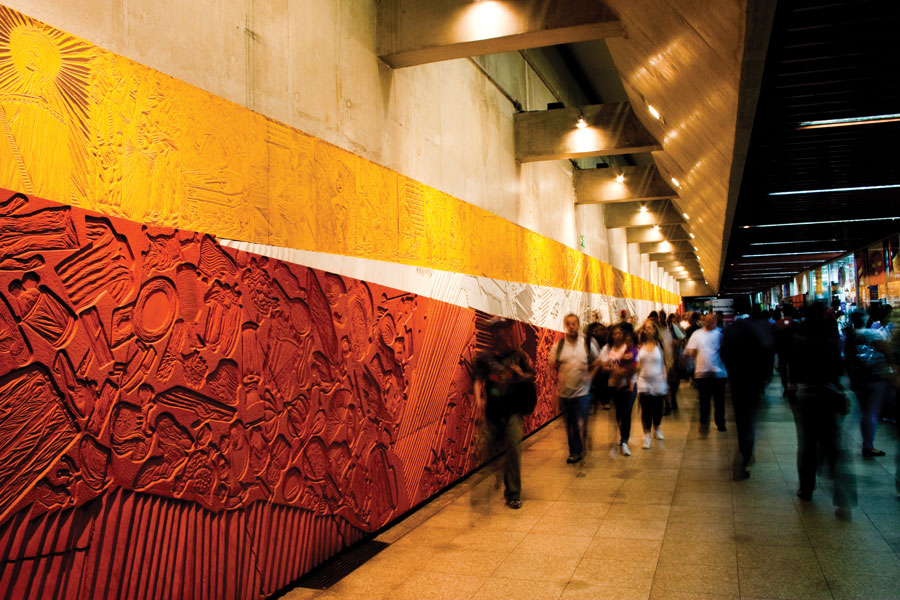
Aside from the sheer concentration of wealth in São Paulo — its central skyscraper canyon, the Avenida Paulista, contains one percent of the nation’s GDP in its milelong stretch — part of the city’s gastronomic greatness stems from having the largest Japanese population outside of Japan. This legacy of the early 20th century, when Brazil was hungry for immigrants and post-feudal Japan was suffering famine, has left an entire area of the city centre, known as Liberdade, full of Japanese shops, festivals and amazing sushi restaurants.
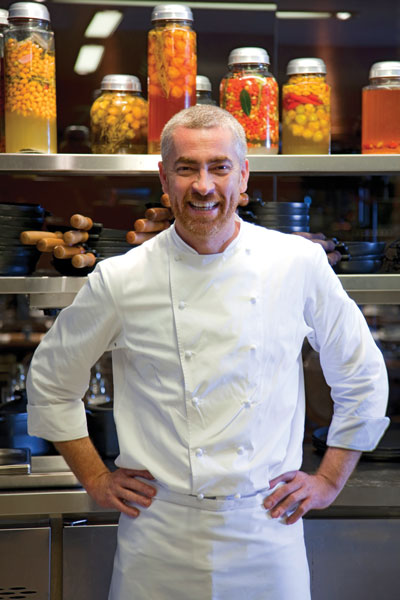
A few blocks away from Liberdade — if you stroll past the hulking cathedral, or Catedral da Sé, and the crumbling art nouveau facades of apartment blocks built when the centre was still surrounded by tea plantations — you come to São Paulo’s ground zero: the 16th-century Jesuit mission, an oddly rural-looking relic standing on a small square and dwarfed by high-rises and grandiose century-old office buildings. The monks who ran the mission are long gone, replaced by bakers who sell a mean bolo, or cake, to be savoured with Brazilian coffee in a small courtyard out back.
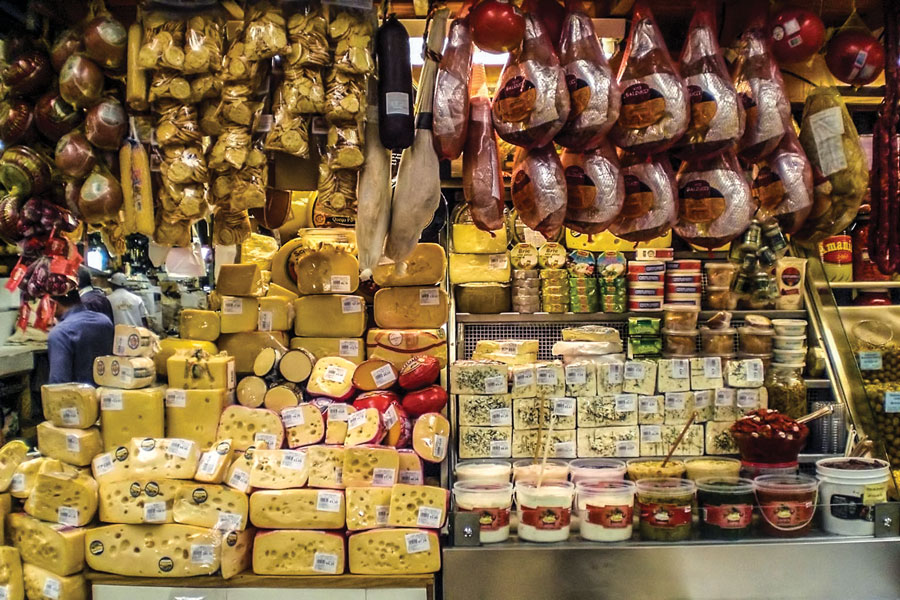
But to really leap into São Paulo’s exotic gourmet heart, start at the Mercado Municipal, the vast Victorian market hall that looks a little like a London railway terminal from the outside. For Rotary convention goers, it’s an easy cab ride across the Tietê River from the Parque Anhembi convention centre. Inside, you’ll find a labyrinth of stalls selling all varieties of Brazilian spices and fruit, cured meats, and salted cod. (At the Porco Feliz, you can pick up an entire pig, or order a capybara, the largest rodent in the world.) Upstairs is a huge balcony packed with cafes where you can down sandwiches and ice-cold draft beer, called chope, and contemplate the bustle below.
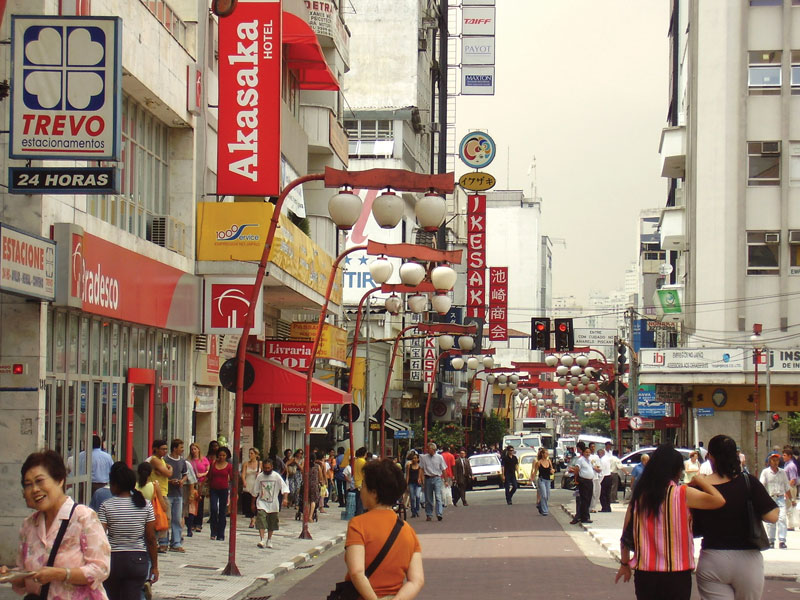
If you’re looking to go upmarket, São Paulo has some of the world’s highest-rated restaurants. At the top is D.O.M., in Jardim Paulista, frequently cited as one of Latin America’s best — if not the best. Its chef, Alex Atala, made Time magazine’s list of the 100 most influential people last year. He harvests his ingredients from sustainable sources in the Amazon, making frequent trips to seek out plants and fish with unpronounceable names, and helps small farmers produce organic crops profitably. The result is a home-grown Brazilian haute cuisine that has been much imitated, but not yet rivaled.
Figueira Rubaiyat commands one of the most impressive settings in the city, on Jardim Paulista’s glitzy Rua Haddock Lobo. In its garden, tables cluster around an enormous banyan tree whose branches snake out over diners like diplodocus necks before disappearing through the glass roof. Most people go for the Brazilian or Argentine beef dishes, but the lamb is among the best I have ever eaten, and the selection of meaty Amazon fish is as good as anything outside Manaus.
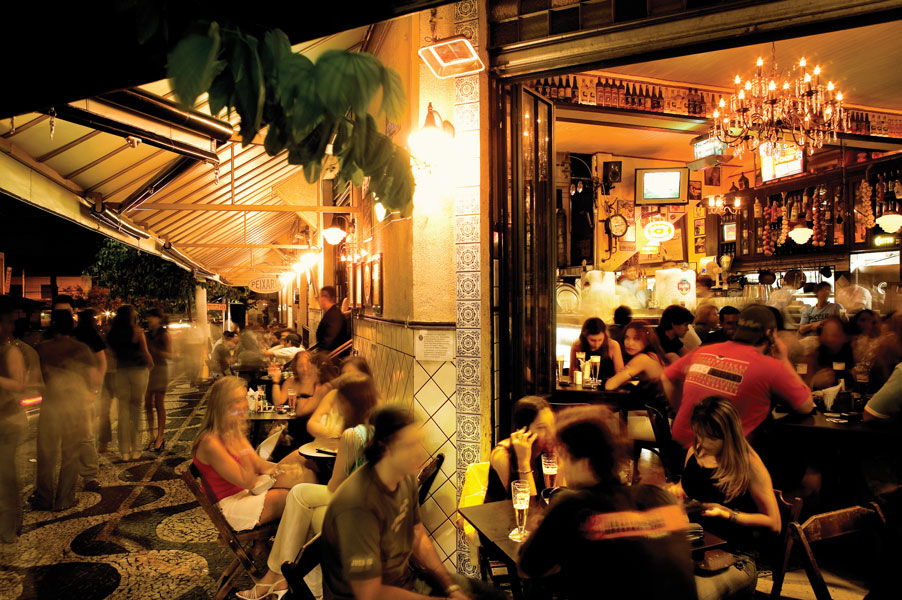
The city’s Japanese master chefs have also gone upmarket: At tiny Aizomê, sit along the wooden bar and watch as they prepare dishes ranging from traditional sushi and sashimi to Japanese-Brazilian fusion cuisine, such as grilled oysters with passion-fruit glaze.
But in São Paulo, eating downmarket doesn’t mean missing out. Regional cuisines are well represented, especially the northeast’s homey seafood-
rich dishes. By far the most renowned spot for this is Mocotó in Vila Medeiros, a 40-minute drive north of the city centre but worth the trek. It began life as a hole-in-the-wall kitchen set up by José Oliveira de Almeida, a migrant from Pernambuco in Brazil’s drought-plagued northeast. His home cooking — including his trademark meat-and-bean broth, made according to a secret recipe — has attracted such a lively crowd over the years, he was forced to expand into a full-scale restaurant that Newsweek listed as one of the 101 best eateries around the globe.
Mocotó also boasts the world’s first and only sommelier of cachaça — Brazil’s most celebrated native drink, originally distilled on slave plantations from pulped sugar cane. Leandro Batista will give you a tour of the best brews from the country’s vast range: His top tip is the Havana brand, which rivals single-malt Scotch for smoothness and price, but a close second-best, and one to bring home, is Weber Haus, with a hint of vanilla bean that gives it the softness of a good Sauternes rather than a spirit.
Once your belly is full and your wallet more or less depleted, it’s time to sample the city’s other passion: soccer. Futebol, as they call it here, is more than a national obsession; it’s more like a religion, and São Paulo is the place where it all began. Charles Miller, the son of a Scottish railway engineer and an Anglo-Brazilian mother, was born here in 1874 and studied in Britain, where he became a footballer for the now-defunct London Corinthians. When he returned to his native city, he brought with him two leather footballs, a pair of football boots, and a book of rules. The sport quickly caught on, and Brazil went on to become the most decorated national team in history, with a record five World Cup titles under its belt and an undisputed roster of some of soccer’s greatest players.
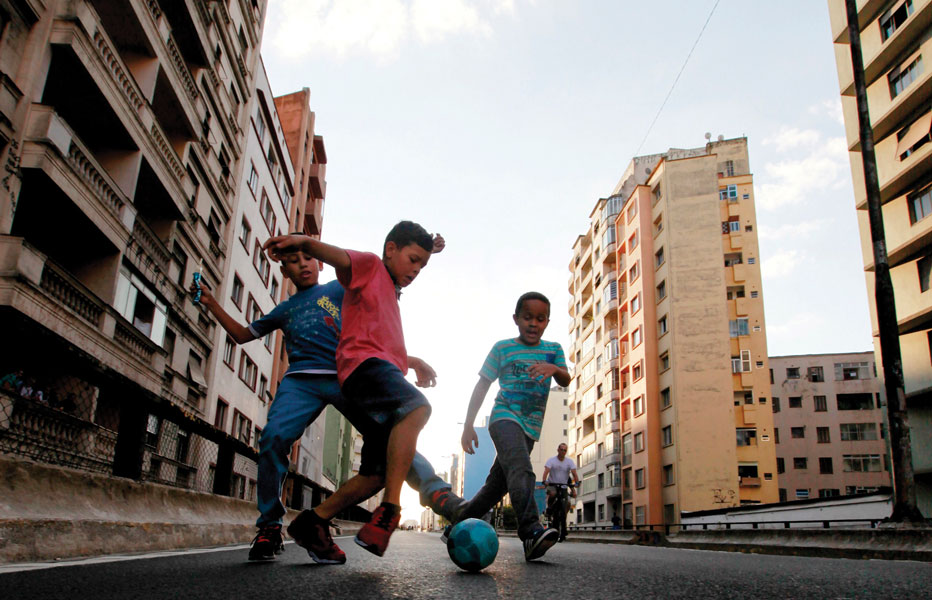
The name Corinthians is now associated with one of the most lucrative clubs in the world, whose fans are so devoted that it offers funeral services for die-hard supporters, complete with a coffin in the team’s colours and a violinist to play its anthem. It is no coincidence that São Paulo was picked to host the opening match of the 2014 World Cup in a spanking-new stadium built for about half a billion dollars, which is the new home of the Corinthians.
If you plan to catch a game, you can choose from a host of teams, including São Paulo, Palmeiras and Portuguesa. Down the road, the team of Santos, from the dock city of the same name, was the club of footballing legend Pelé.
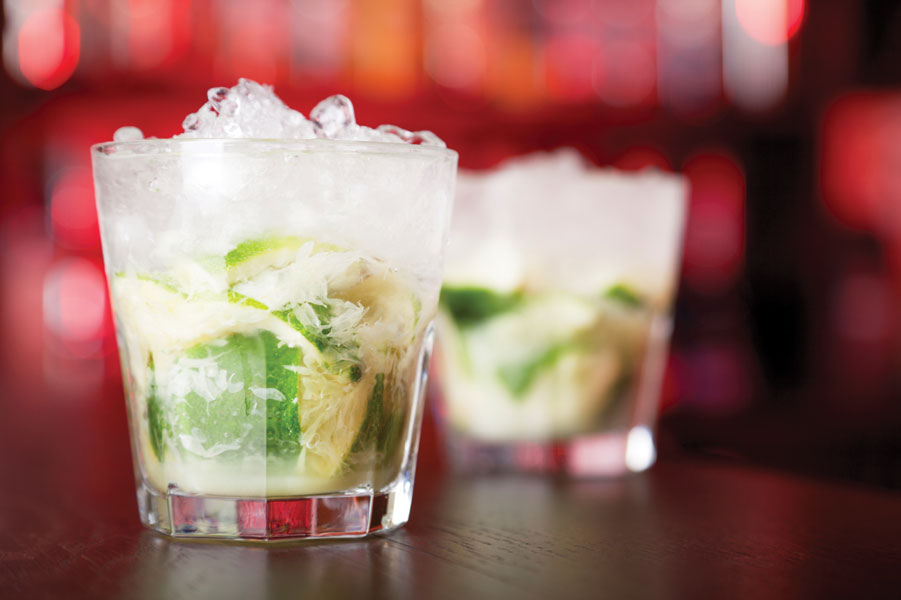
You can combine the city’s loves for fine dining and football at Morumbi stadium, located in one of the swankier areas of São Paulo, also called Morumbi. There you can trade in the bleachers for a spot at Koji, a wonderful little Japanese restaurant whose salmon-belly sushi with a citrus twist is enough to distract even the most ardent fans from the game. It is also one of the few places in Brazil’s dry stadiums where spectators can enjoy a drink.
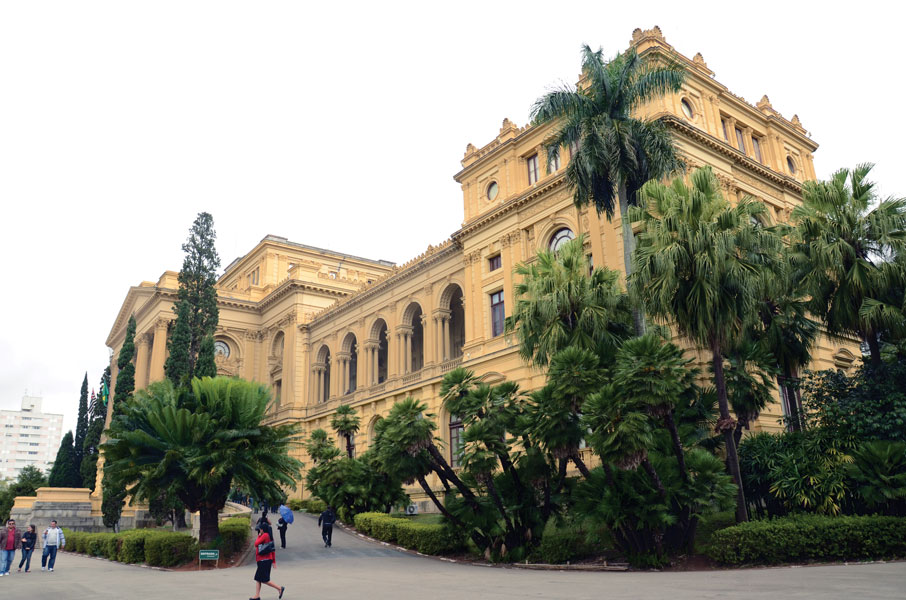
For more football, visit the Museu do Futebol under the bleachers of the Paulo Machado de Carvalho stadium (Pacaembu), a 1940s arena wedged among the slopes of Higienópolis. With a lively layout and a wry sense of humor — despite dealing with Brazil’s holy of holies — it captures the essence of the beautiful game. Highlights include a room full of sepia photos of Brazil from the time when football first arrived, and a display of objects that the nation’s street kids — some destined to become multimillionaire soccer legends — use in kickabouts, from dolls’ heads to rolled-up socks and even rocks. It also has hilarious audio of radio commentators narrating the most famous goals (spoiler alert: most end in an ecstatic scream of “Goooooooooool ”) and soccer personalities describing their most abiding memories of the game. One renowned commentator describes how, as a boy, his family (like many in Brazil) was so superstitious that he had to sit in the same chair during every World Cup match while his father held a rolled-up magazine under his armpit for luck.
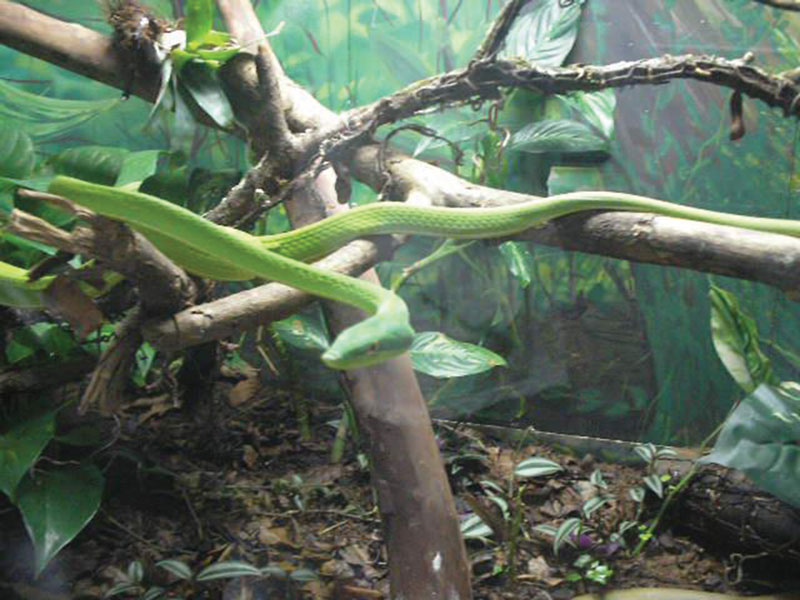
There’s not a lot left of historic São Paulo, a once-elegant city built in the colonial European style that has been swept away by the frenetic pace of expansion and redevelopment. As British novelist James Scudamore described it in his 2010 novel, Heliopolis,
“Town planning never happened: there wasn’t time. The city ambushed its inhabitants, exploding in consecutive booms of coffee, sugar and rubber, so quickly that nobody could draw breath to say what should go where. It has been expanding ever since, sustained by all that ferocious energy.” Walking through the city, you sometimes get an odd whiff of nostalgia for a place you’ve never been, a faint echo of the 1950s-era skyscrapers of the New York of black-and-white photos.
The city is easy to navigate — the extensive metro is clean and safe, and cabs are plentiful and reasonably priced. Avoid buses at all costs — they are generally packed, chaotic and move too fast for their own safety.
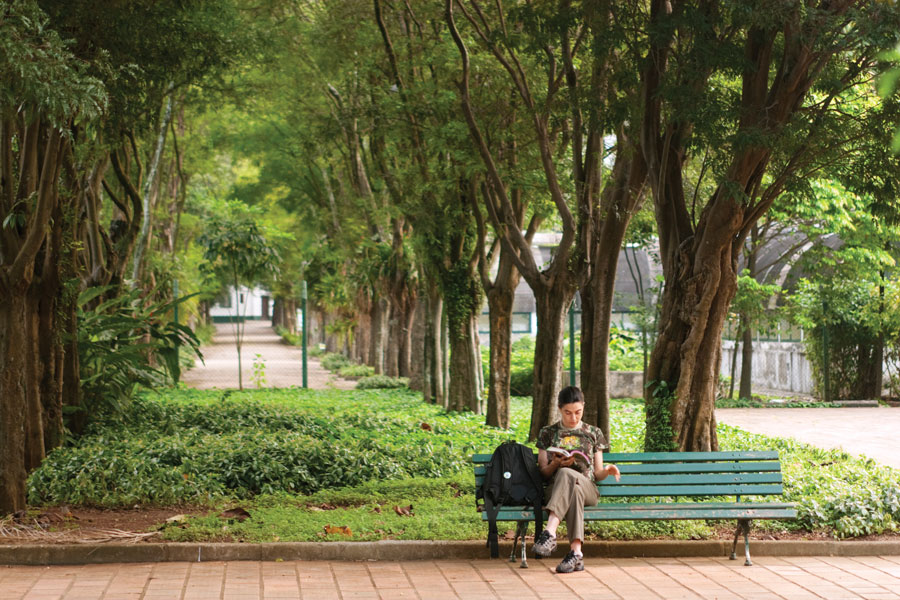
To get away from the bustle of this city of 20 million souls, head to São Paulo’s equivalent of Central Park. A leafy sweep of lakes, lawns, and tropical trees with impossible names, Ibirapuera Park, in the central Vila Mariana neighbourhood, is where paulistanos go to unwind, have a picnic, or jog along paths that weave through the greenery. It is beautiful after dark too, when the heat of the day is gone and the fountain on the lake is lit red and orange to look like flickering flames.
One treasure that escaped the city’s wild redevelopments is the magnificent Museu Paulista, built in 1895. It was once home to the Natural History Museum and now presents the history of the city. It looks out on a park that gently rolls down a hillside, past fountains and pools, to a vast stone monument to independence from Portugal.
But if you really want to escape, grab a cab and ask for the Instituto Butantan. Looking like a small slice of Belle Époque Europe dropped into the tropical woods of São Paulo’s western suburbs, this is one of the city’s most bucolic and unusual sites. Built more than a century ago as a medical research facility after an outbreak of bubonic plague, it houses a huge collection of venomous snakes. (Fortunately, because it is still a research centre, it is also Latin America’s largest producer of antivenoms, antitoxins, and vaccines.) You can wander rows of rattlesnakes, cobras, king snakes, and massive tropical boa constrictors, as well as a collection of giant tropical spiders that will make your skin crawl. A sign on the edge of the leafy park warns you not to enter the forest — and having seen what’s in the cages, you won’t want to.
São Paulo has a thriving music scene, and it moves to the beat of the samba. In the city centre, the Bar Você Vai Se Quiser on the trendy Praça Roosevelt has long been a magnet for music lovers. At Bar Favela in Vila Madalena, an all-female lineup called Samba de Rainha plays to a packed house on Sundays. Or grab a bite at the nearby Grazie a Dio! dance bar and watch the locals hit their rhythm. After dark, it’s best to stay away from the old city centre near the Sé, but the restaurant and bar areas such as Jardim Paulista and Pinheiros are safe to stroll.
One of the best ways to cap off a day in São Paulo is with a caipirinha, the delicious cocktail of cachaça, freshly squeezed lime, and sugar. And one of the liveliest streets to enjoy one on is Rua Aspicuelta, in the bohemian neighbourhood of Vila Madalena, which thrums with bars and restaurants, and whose sidewalks overflow with young paulistanos after dark, doing what their city is famous for — living it up.
Register for the 2015 Rotary International Convention, 6-9 June, by 15 December for special pricing.
Go to www.riconvention.org.
